
Propofol in ICU Settings: Understanding and Managing Anti-Arrhythmic, Pro-Arrhythmic Effects, and Propofol Infusion Syndrome
Propofol has revolutionized anesthesia and intensive care medicine owing to its favorable pharmacokinetic characteristics, fast onset, and short duration of action. This drug has been shown to be remarkably effective in numerous... read more

Endoscopic Cardiac Surgery: Tips, Tricks and Traps
This book is unique in describing the practical considerations of endoscopic cardiac surgery. It covers this topic from basic concepts such as patient selection to imaging and outlines the different approaches to particular... read more

Dexmedetomidine for EOL Sedation
This study demonstrates a reduction in breakthrough medication requirements, particularly benzodiazepines, for patients sedated with dexmedetomidine at end of life (EOL). The dexmedetomidine cohort required less breakthrough... read more

Severe Hypertriglyceridemia: A 10-Year Review
This study shows the morbidity profile associated with severe hypertriglyceridemia (SHTG), with a high level of ICU admissions and also a high level of the use of plasmapheresis. In our population, this approach had good... read more

Fast Facts About EKGs for Nurses: The Rules of Identifying EKGs in a Nutshell
In an easy-to-use "Fast Facts" format, this pocket-sized reference provides clear and precise access to basic EKG information and EKG recognition guidelines that nurses use daily. The guide helps readers to accurately... read more
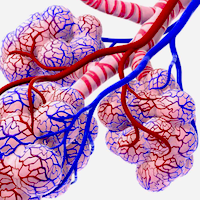
Mild Hypercapnia or Normocapnia after OHCA
In patients with coma who were resuscitated after out-of-hospital cardiac arrest (OHCA), targeted mild hypercapnia did not lead to better neurologic outcomes at 6 months than targeted normocapnia. A total of 1,700 patients... read more
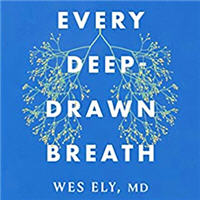
Every Deep-Drawn Breath: A Critical Care Doctor on Healing, Recovery, and Transforming Medicine in the ICU
A world-renowned critical care doctor offers hope for ICU patients and their families in this timely, urgent, and compassionate narrative. Over the next ten years, 40 to 60 million people in this country will be admitted... read more

ICU Delirium – A Decade of Learning
Think of delirium as the phenotypic manifestation of global, acute brain dysfunction that can deprive patients of their dignity. This syndrome of acute changes in awareness, attention, and cognition is an independent... read more
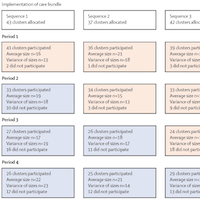
Early Control of Elevated Blood Pressure – INTERACT3
Early control of elevated blood pressure is the most promising treatment for acute intracerebral hemorrhage. We aimed to establish whether implementing a goal-directed care bundle incorporating protocols for early intensive... read more

Critical Care Books Published Recently
We understand that navigating the vast array of resources in the medical field can be overwhelming and time-consuming, especially when it comes to identifying the most valuable and worthwhile ones. To make your search easier,... read more

Pulmonary Artery Catheter Use and Mortality in the Cardiac ICU
The appropriate use of pulmonary artery catheters (PACs) in critically ill cardiac patients remains debated. There is wide variation in the use of PACs that is not fully explained by patient level-factors and appears driven... read more

Checklists and Consistency of Care After Resuscitation From IHCA
In-hospital cardiac arrest (IHCA) with the return of spontaneous circulation (ROSC) is a clinical scenario associated with potentially devastating outcomes. Our study demonstrated improved consistency in completing post-ROSC... read more
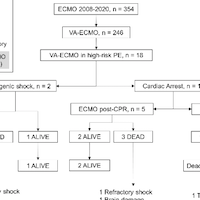
VA-ECMO in High-Risk Pulmonary Embolism
High-risk Pulmonary Embolism (PE) has an ominous prognosis and requires emergent reperfusion therapy, primarily systemic thrombolysis (ST). In deteriorating patients or with contraindications to ST, Veno-Arterial Extracorporeal... read more
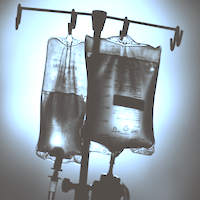
Multiple Electrolytes Solution vs. Saline as Bolus Fluid for Pediatric Septic Shock Resuscitation
Among children presenting with septic shock, fluid resuscitation with MES (balanced crystalloid) as compared with 0.9% saline resulted in a significantly lower incidence of new and/or progressive AKI during the first 7 days... read more








